Moon, are you there?
Of all the calendars, the lunar one is undoubtedly the oldest. As part of the natural order of things in life, the Moon-phases have organised humankind’s lives in the past and still mark many people’s lives in the world today. Here is a brief overview of an astronomical complication that is as simple in appearance as it is aesthetic.

Astronomical complications: asking for the moon
Since the discovery by archaeologists of engraved bones dating from the Upper Palaeolithic representing the cycles of the moon. But also, thanks to the modernisation of astronomical sites such as Ur in Asia Minor or Stonehenge in Scotland. We know that humankind have a very strong relationship with the sky and the indications related to the lunar cycles.
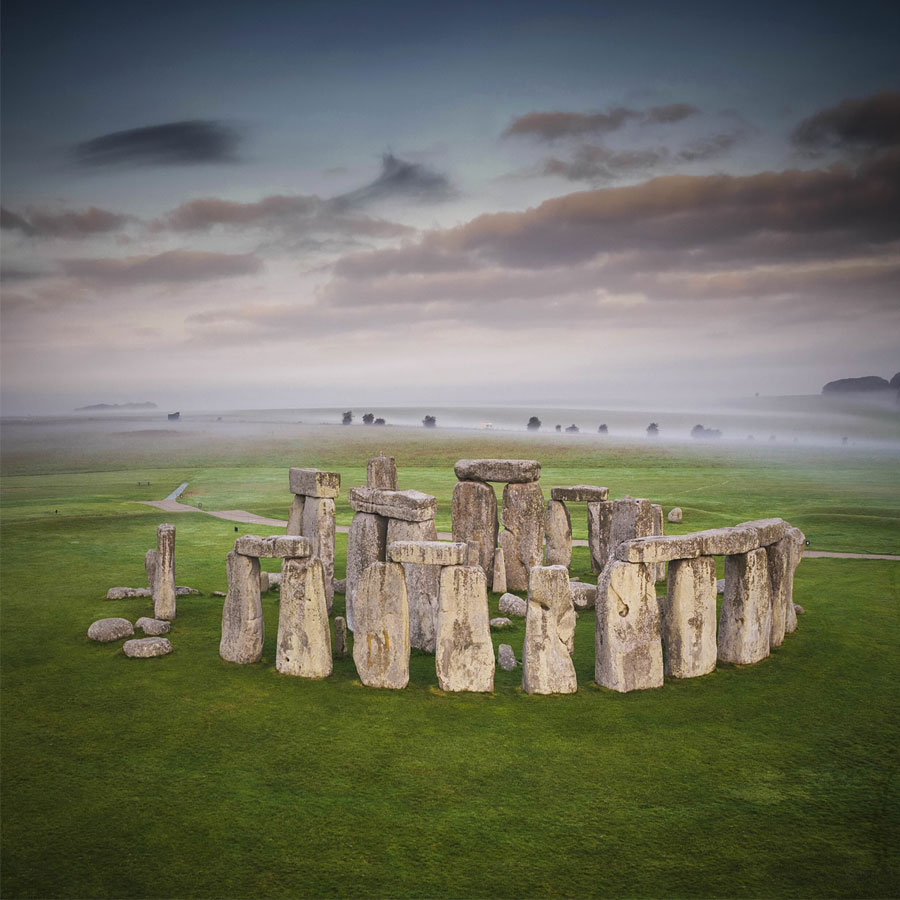
Origins of astronomical time
Using the lunar calendar is both logical and reassuring. Indeed, the cosmic clock is immutable and cyclical in what it offers to Using the lunar calendar is both logical and reassuring. Indeed, the cosmic clock is immutable and cyclical in what it offers to contemplate the sky. So, very quickly, human societies used it to organise their social life. By dint of observing the celestial vault, the Babylonians have created the sexagesimal calculation (calculation with 60 as its base). It allows to send time into space thanks to the division of a circle of 360° into 24 equal parts of 15° each. The organisation of watch dials was born from the observation of the sky. As well as from the need of scientists to divide the starspace into equal parts. Later, around 87 B.C., Greek scientists were able to produce mechanical instruments equipped with gears and dials. Which, like the fabulous Antikythera mechanism (offered as a watch by Hublot a few years ago), could predict astronomical events and in particular lunar eclipses. All these tools – archaeologists are categorical – were numerous in the ancient world. Were they used for the cause of powerful men for whom harmonious convergence between humankind and nature were essential?
From the sky to the dial
Through the metaphorical and poetic characteristics of the moonrise and moonset that have always been with us. Comes the need to represent this passion for its attraction whose result is to attract the bodies. Aware of its importance and under the pretext of astronomical, astrological, or even agronomic information, watchmakers have very early linked the cycles of our moon with the time display. As early as the Middle Ages, it appeared on the dials of large clock towers. Because on Easter day it is set from the lunar calendar. Indeed, its date coincided with the first Sunday after the first full moon of spring. Then, thanks to miniaturisation, it reached the dials of the exceptional watches of the Renaissance. And, later, many instruments. Because under the pretext of astronomy and science, humankind, often a little mischievous, changed its display that changesevery 29 days, 12 hours, 44 minutes, and 2.9 seconds, to other lighter purposes.
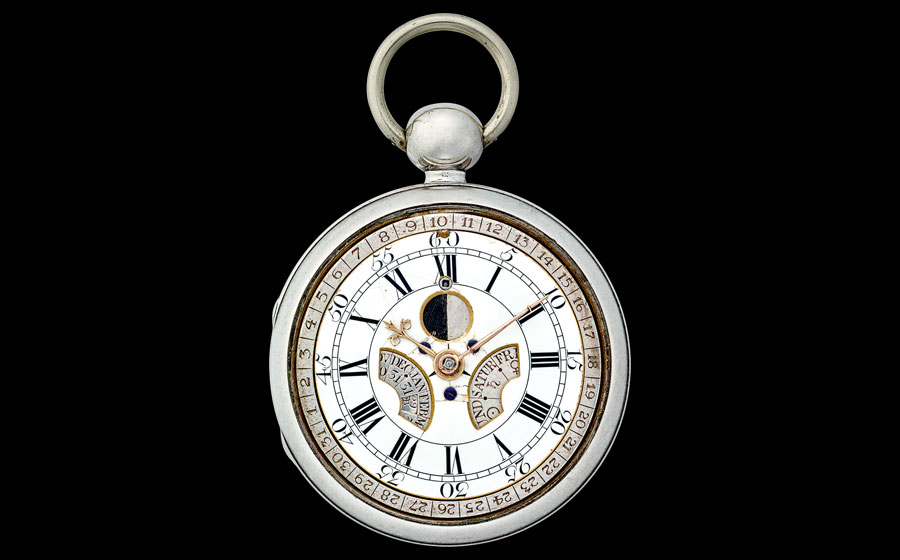
From past to present
Regardless of this representation, always flattering, gives relief to the dials of watches and remains today one of the favourite complications of the beautiful watches’ enthusiasts. Like the dive watches, the watches equipped with moon-phase display are in almost all catalogues of the best watch brands.
However, it is rare to see it alone on the dial. Most often it comes with calendar information. It is how it is displayed on the dial of manufacture watches powered by the Calibre Royal, equipped with an instant-jump day and date display.
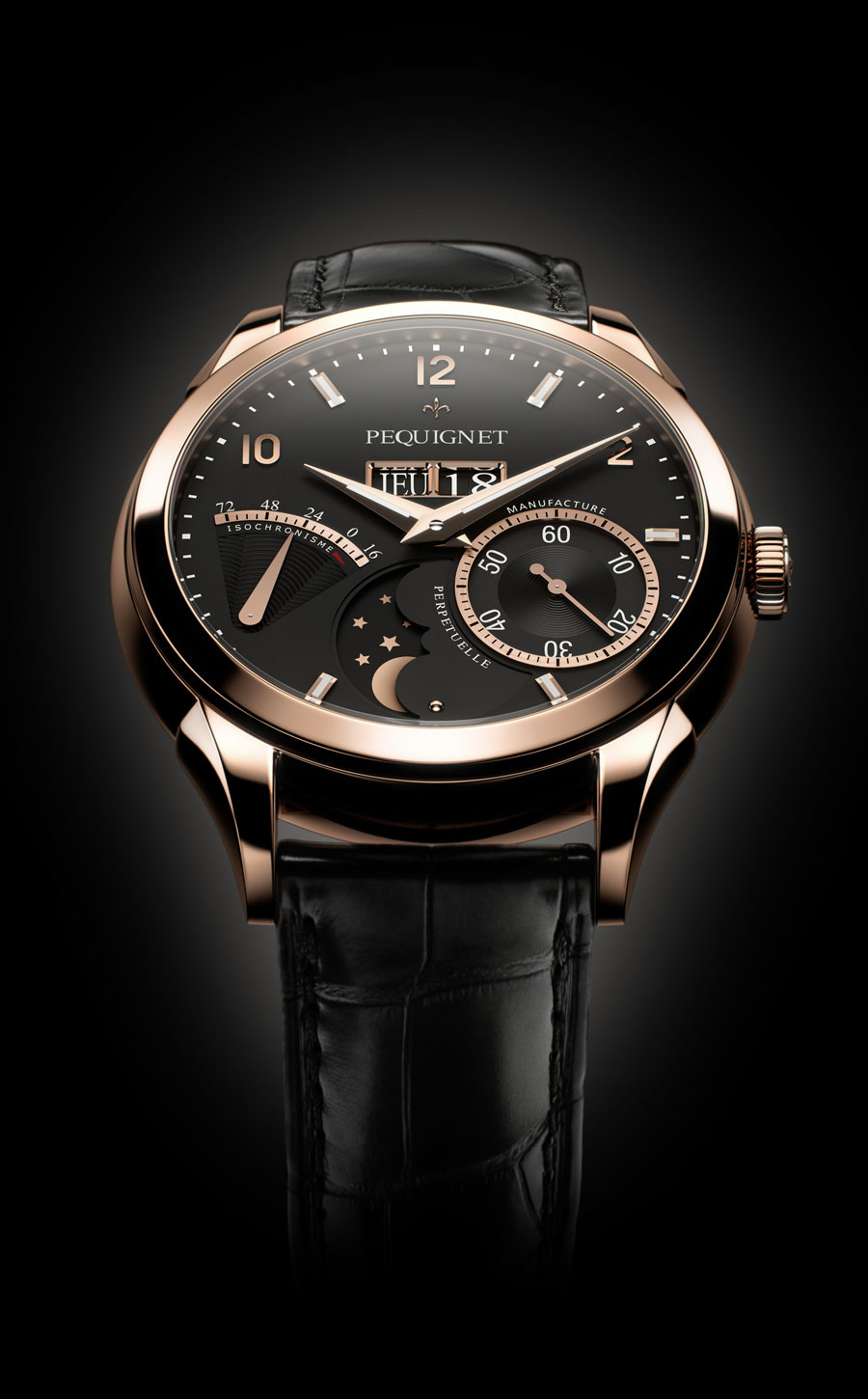
We can find it at IWC, Patek Philippe, Jaeger-LeCoultre, Longines, or even Glashütte Original to power the dials of their watches including complications ranging from the triple calendar to perpetual calendars going through annual calendars.
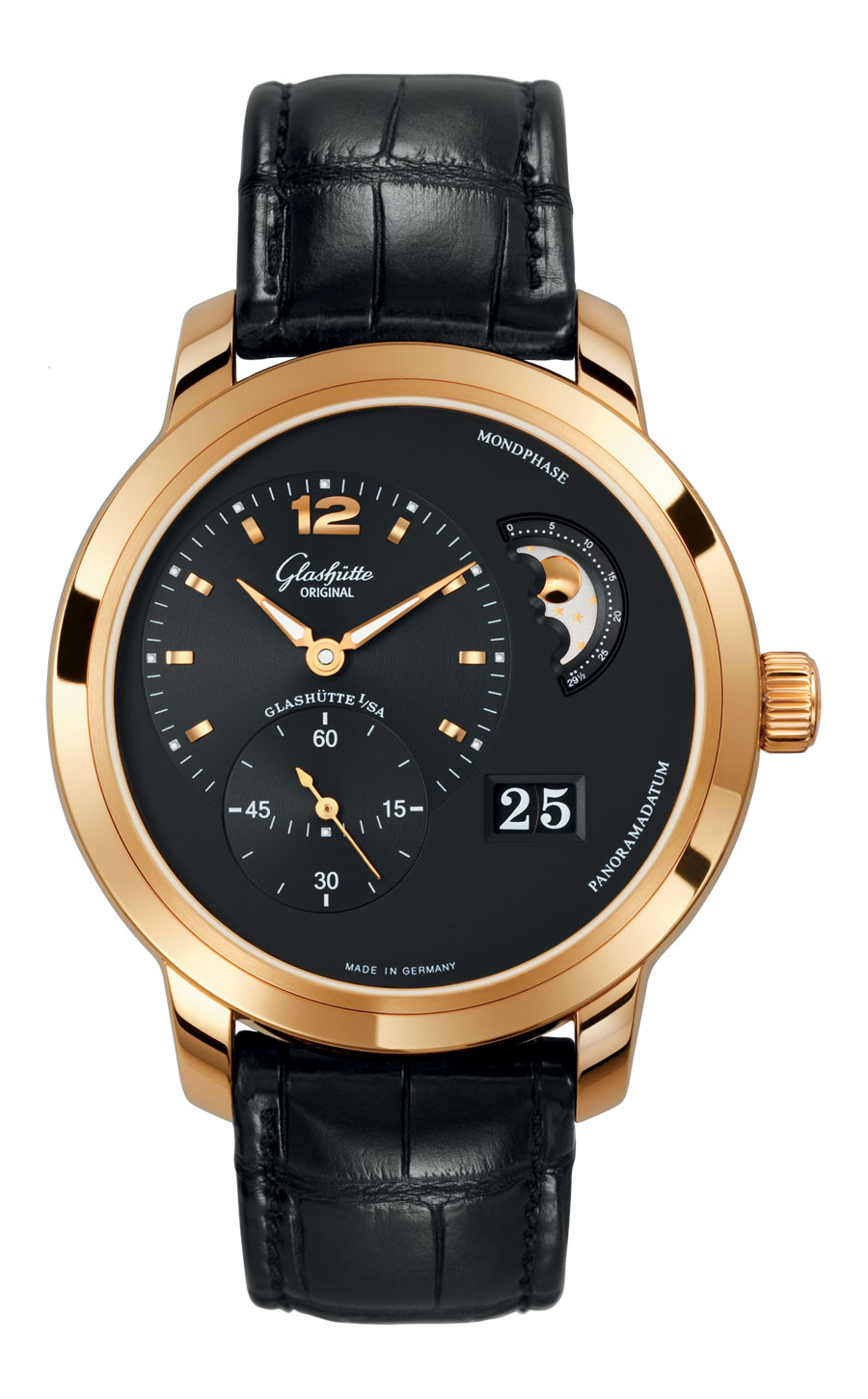
Majestic and dreamlike, it adorns the dial of exceptional pieces like the Astronomic Souveraine by F.P. Journe. Most often it is represented in two dimensions and appears in an aperture displaying a specific profile with two projecting ornamentations that is for showing its different moonrises and moonsets phases.
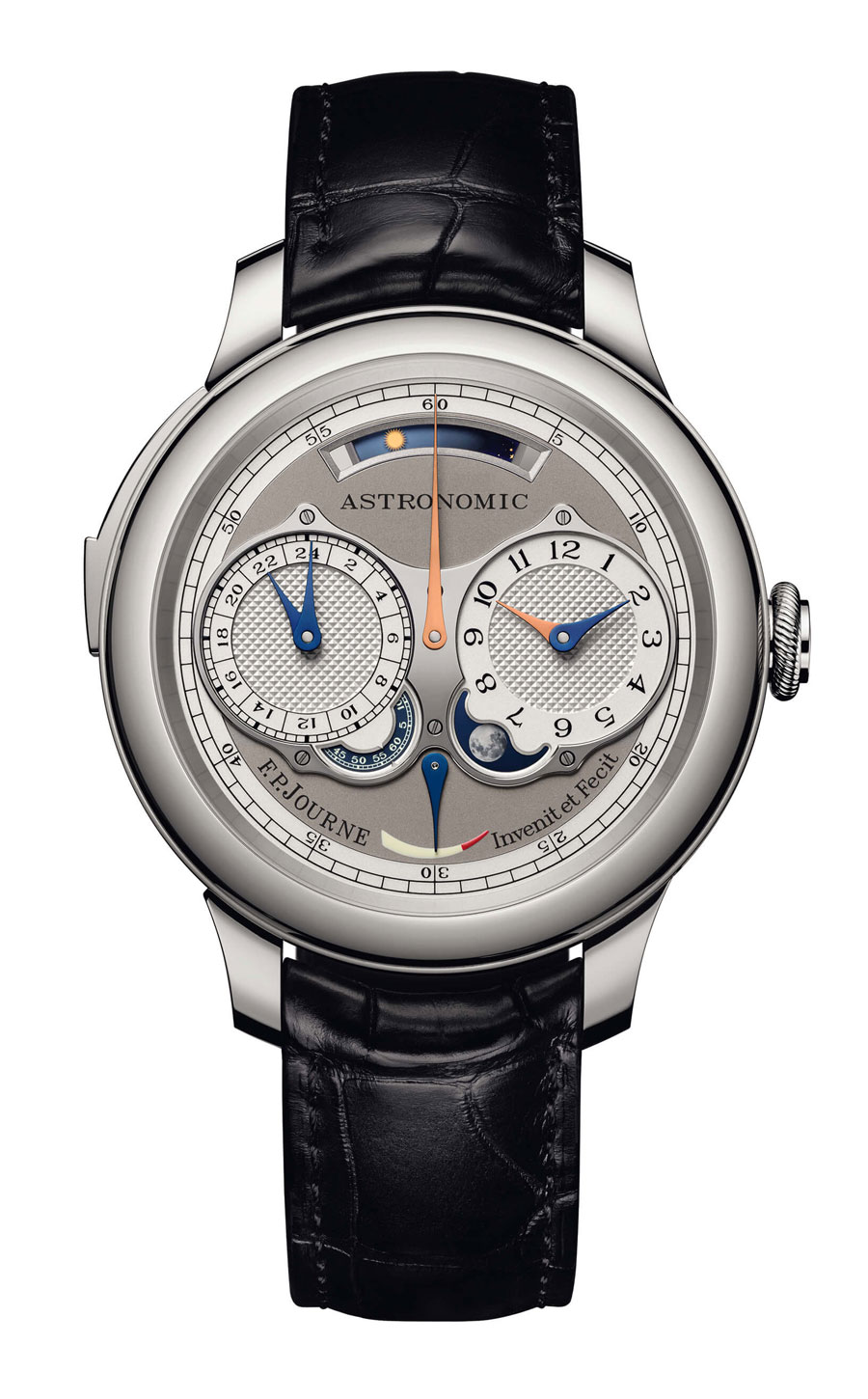
Some display a classic representation with eyes and a mouth as Blancpain does. Others are just golden on a blue background or silver on a background studded with stars. Finally, for a while now, some are printed in a realistic way with seas and craters. This is the case of the moon appearing in immense on the dial of France proposed by Meistersinger.
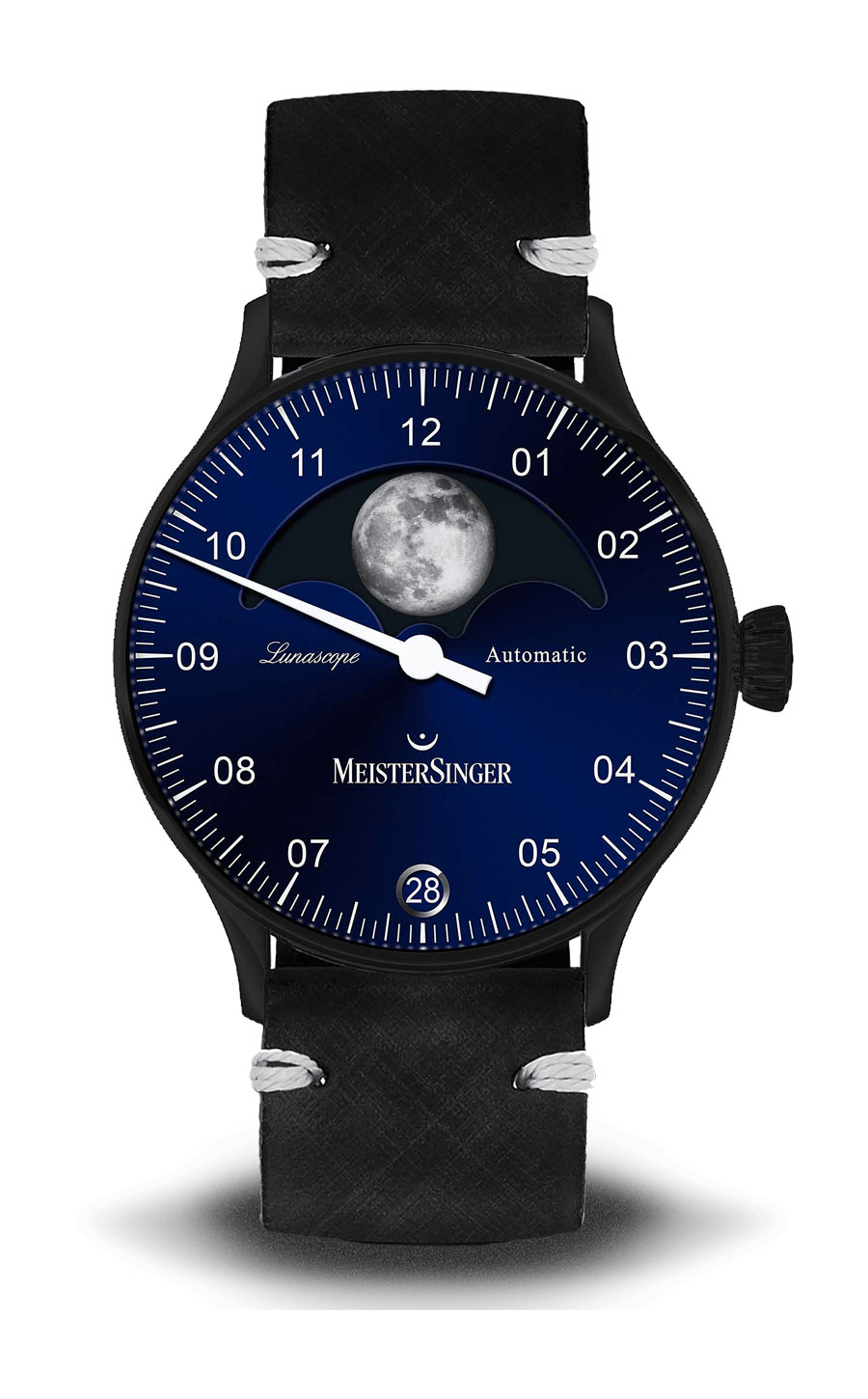
This type of Moon has recently become popular because its realistic side reawakens some emotions buried deeply in the cortex.
Finally, the inventive watchmakers just had to come up with a three-dimension version of the moon. Now it is a done deal with the Mega Yacht made by Ulysse Nardin.
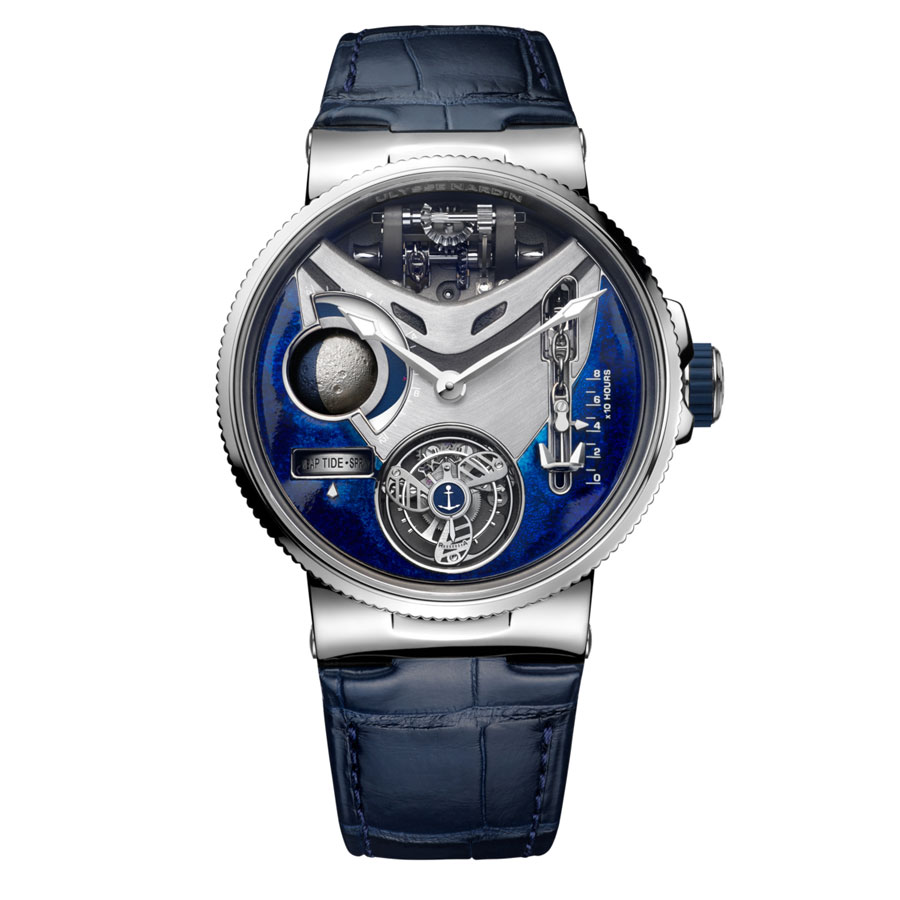
Its representation is as varied as the creativity of designers, and each one has its own way of representing it. The proof: Arnold & Son offers a three-dimensional moon nested in the heart of the Luna Magna watch. While Jacob & co puts it in rotation in the Astronomia with a lot of precious stones.
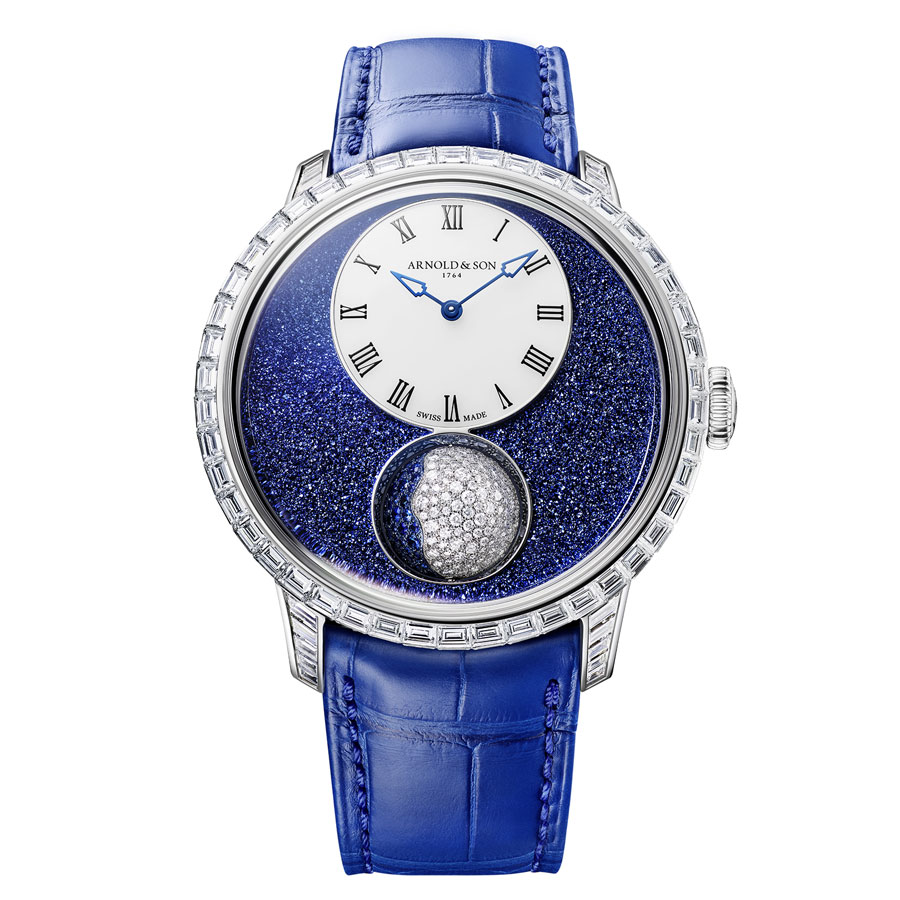
With so many possibilities, it will be possible for everyone to find the representation that best suits them. However, purists and precision enthusiasts will have to remember that not all moonphase representations are equal in terms of accuracy. Most of them need to be readjusted every 3 years, but others are equipped with “Precision Moon” displays capable of having only one day’s shift in 73 years. And if that’s still not enough, it’s possible to rely on timepieces equipped with an astronomical complication. Which is a mechanism that allows the moonphases to shift by only one day after 122 years… Who can beat that?
See also:
Read also: